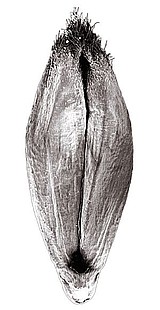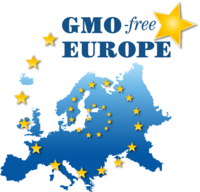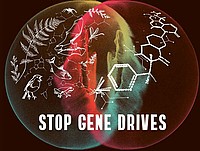Save Out Seeds Nachricht
04.03.2021 | permalink
25 Years of GMOs, and Some New Insights from Argentina
In the winter of 1996, Monsanto and a few other companies first began to sell genetically engineered seeds to commercial growers, and also mounted a massive public relations effort to convince people of their supposed benefits.
(.....)
Twenty-five years later, genetically engineered crop varieties are grown on roughly 190 million hectares worldwide – a relatively constant figure since the early to mid-2010s – and the profile of what is being grown and where does not differ very much from the late 1990s. Half the global GMO acreage is in soybeans, with soybeans, corn, cotton and canola representing 99 percent of all genetically engineered crops. Forty percent of all GMO acreage is in the US and 95 percent of the acreage is in just seven countries. Eighty-five percent of GMO crops are engineered to withstand high doses of chemical weed-killers – most often Monsanto/Bayer’s “Roundup” family of herbicides – and more than 40 percent produce a bacterial pesticide aimed to attack various “pest” species, but with long-documented harms for a host of beneficial insects. (The total exceeds 100 percent due to varieties that contain multiple, or “stacked,” engineered traits.)





